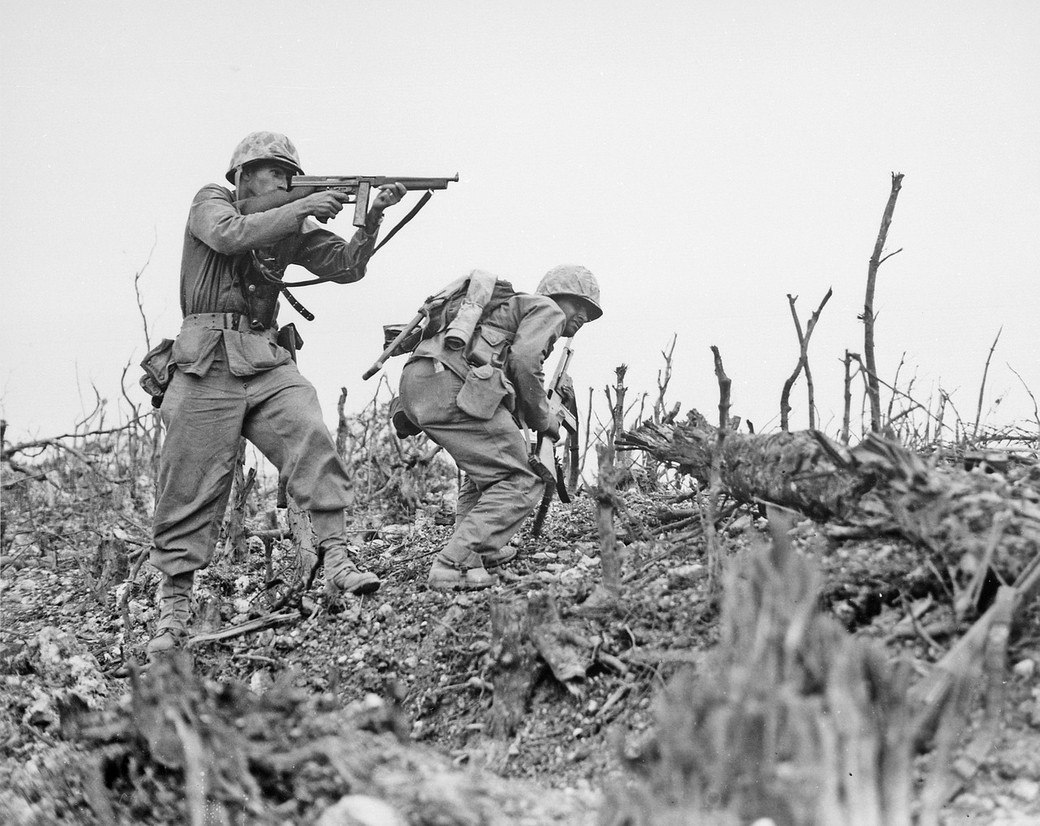
Historical Significance of Firearms in Warfare and Society
Firearms have played a crucial role in shaping the dynamics of warfare and society over the past several centuries. Their advent marked a significant pivot in the way battles were fought, empires were built, and societies evolved.
Beyond the military domain, firearms have influenced social power dynamics, instigated revolutions, and even reshaped economies. By delving into their history and significance, we can gain a deeper appreciation of the multifaceted implications of these powerful tools on the course of human history.
In this article, the firearm industry community-centric platform Arms Directory will walk us through the history of firearms, how they have contributed to society and revolutionized warfare.
What Is The Significance of Firearms?
The significance of firearms is manifold. At a fundamental level, they changed the very fabric of warfare. Prior to their inception, strength in battle often depended on physical prowess, numbers, or the effectiveness of melee and siege weapons. Firearms, however, introduced a level of democratization in warfare. Now, a common soldier could wield the power to aim from a distance, a capability previously reserved for archers or siege machinery.
Societally, firearms became potent symbols of power. In many cultures, they served as status symbols, representing authority, prestige, or personal skill. Moreover, firearms have played pivotal roles in numerous revolutions and uprisings throughout history. From the American Revolution to the Cuban Revolution, guns have empowered rebels to challenge established orders and lay claim to freedom and autonomy.
Furthermore, the advent of firearms spurred technological and industrial innovations. The need for precision and mass production of guns and ammunition catalyzed advancements in manufacturing processes, metallurgy, and chemistry. Entire economies transformed, with some regions or countries specializing in gun production and amassing considerable wealth and influence as a result.
History of Firearms
The history of firearms is a fascinating journey that traces back to ancient China. The Chinese invented gunpowder, and by the 9th century, they were using “fire lances” – rudimentary devices that released a jet of flames. These early inventions paved the way for the development of handheld firearms in the 12th and 13th centuries.
By the 14th century, firearms had made their way to the Middle East and Europe. The “hand cannon,” a primitive gun, was one of the first to see widespread use in Europe. The technological advancement from here was rapid. The 15th and 16th centuries witnessed the birth of the arquebus and the musket, which were easier to use and more effective than their predecessors.
The 17th century was characterized by a drive for better accuracy and firepower. Flintlock mechanisms replaced the older matchlock systems, rendering guns more reliable. As colonial powers began to explore and conquer new lands, firearms became indispensable tools for establishing and maintaining control.
The 19th century marked the beginning of the modern era of firearms. The percussion cap replaced the flintlock mechanism, making guns more dependable in humid or wet conditions. The industrial revolution facilitated mass production of firearms, leading to standardized parts and designs. The invention of the revolver, the lever-action rifle, and the bolt-action rifle during this era further revolutionized personal weapons.
Later on, the 20th century, marred by two World Wars, witnessed the most dramatic advancements in firearms technology. Automatic rifles, machine guns, and eventually, assault rifles became the mainstay of modern armies. These technological leaps, driven by the exigencies of global conflict, solidified the central role of firearms in modern warfare.
How Did Guns Change Warfare?
Firearms have profoundly transformed the dynamics of warfare. Before their emergence, armies primarily depended on close-combat weapons like swords, spears, and bows. But with firearms, the emphasis shifted from individual combat prowess to coordinated volleys of gunfire.
Firstly, firearms leveled the playing field, making it possible for smaller or less physically formidable combatants to effectively challenge larger or stronger adversaries. This democratizing effect upended traditional battle hierarchies and tactics.
Fortifications and castles, once considered impregnable, became vulnerable to artillery fire. The importance of cavalry, a dominant force for centuries, waned in the face of disciplined infantry armed with muskets.
Tactics evolved in response to firearms. The concept of trenches, utilized extensively in World War I, came into being as a protective measure against the devastating power of machine guns. Armies started emphasizing on coordination, discipline, and training, recognizing the potential of well-organized infantry units armed with guns.
Conclusion
Firearms, from their primitive beginnings to today’s sophisticated models, have significantly influenced the trajectory of human history. They have not only reshaped warfare, rendering old tactics obsolete and introducing new strategies, but also impacted societal structures, economies, and global politics. Understanding the historical significance of firearms is essential to appreciate their role in the development and shaping of nations, societies, and civilizations. Their legacy, for better or worse, is indelibly etched into the annals of history, a testament to the profound ways in which technology can redefine the course of human events.
Image Credit: Supplied








